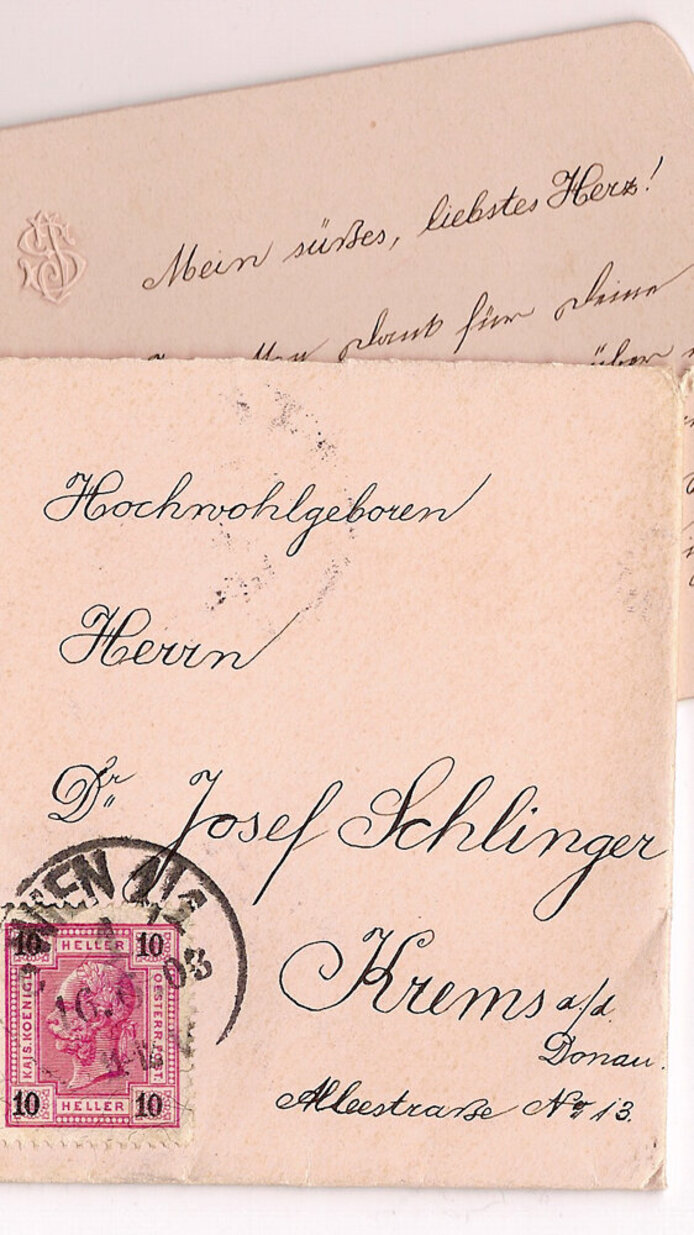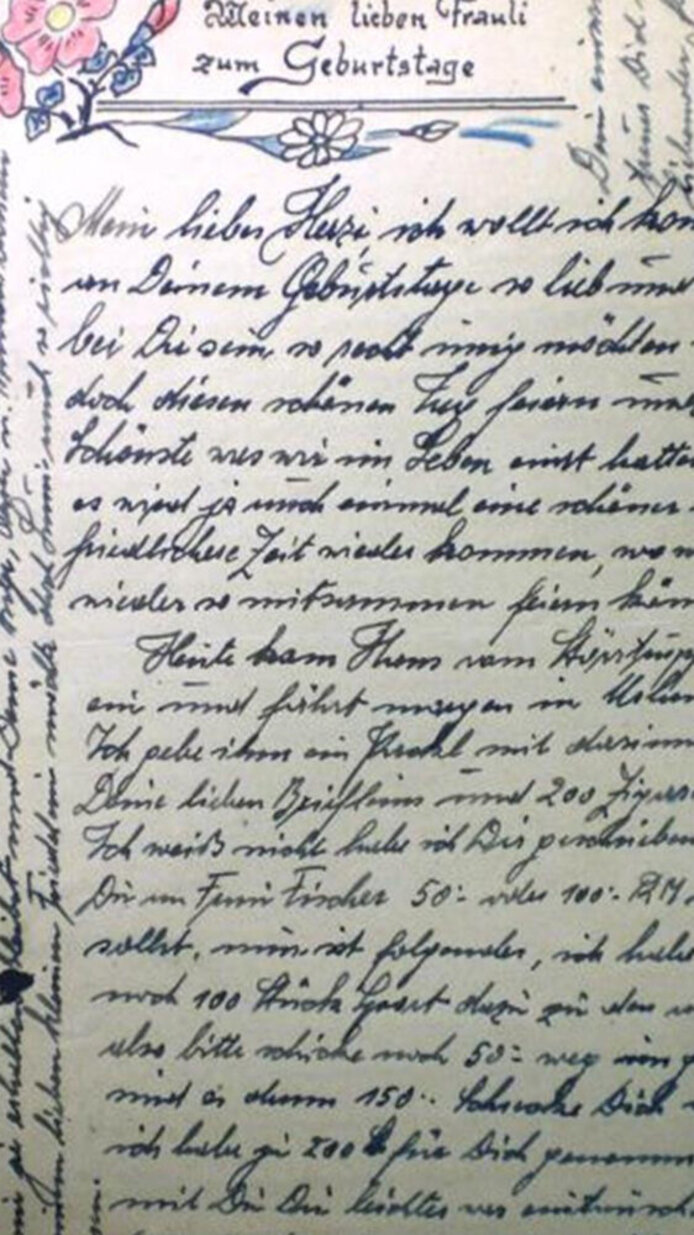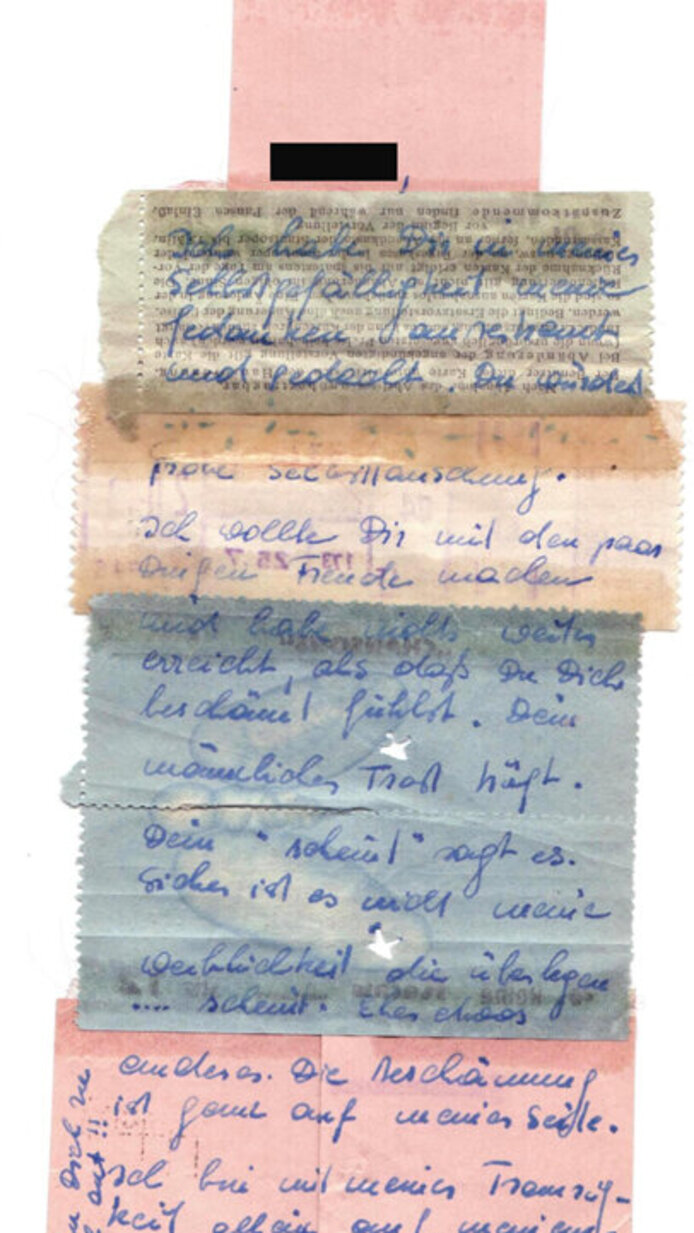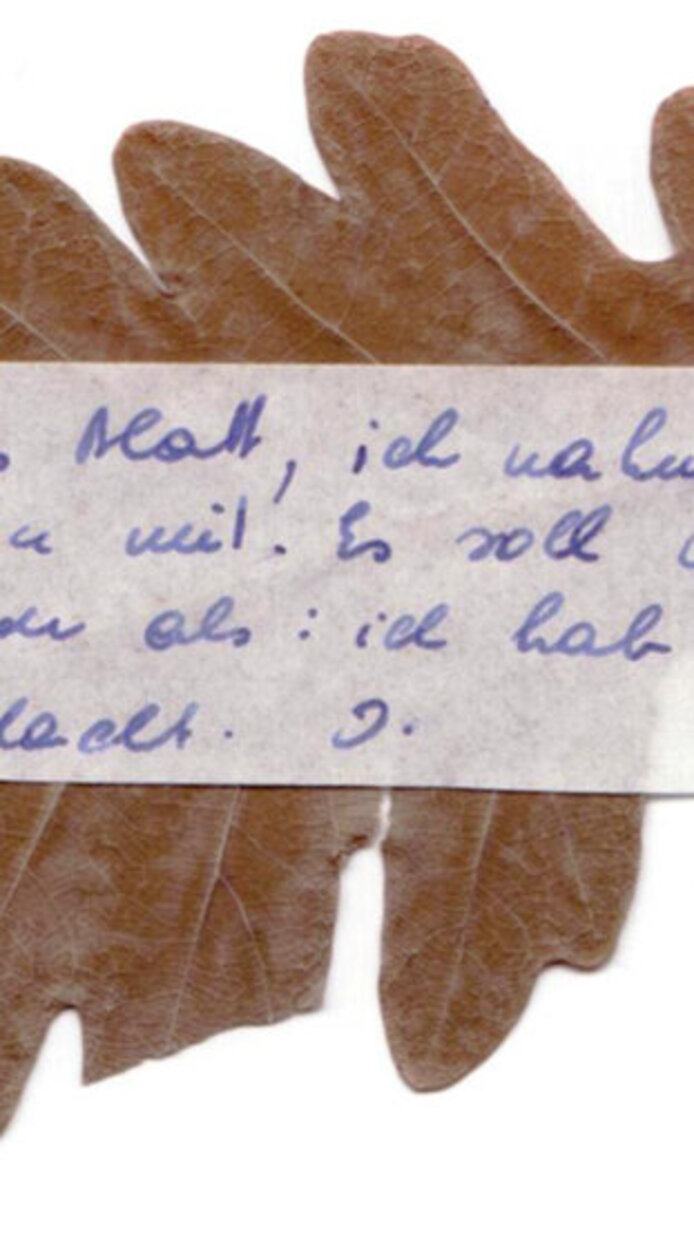100 years of love in letters
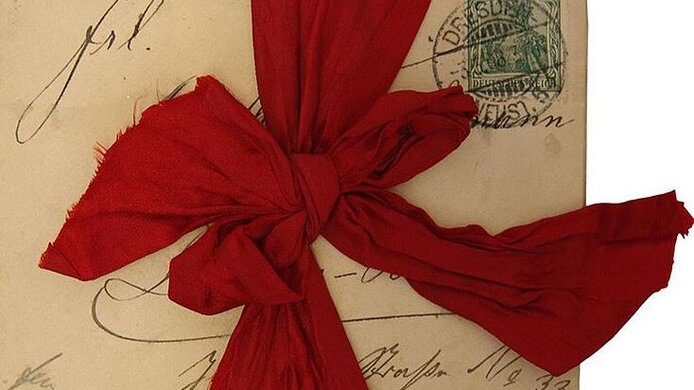
“Letters are a great potential source of knowledge”, says Christa Hämmerle from the University of Vienna. The historian has substantiated this claim in a multiannual FWF-funded research project, led by Hämmerle together with Ingrid Bauer from the University of Salzburg. Analysing love letters written between 1870 and the 1970s, the two historians and their team investigated a wide range of topics related to gender, cultural and social history.
Between norms and ideals
The researchers found most of their sources in a collection of estates containing women’s biographical documents (Sammlung Frauennachlässe) kept at the University of Vienna. These sources served as a basis for a history of emotions, gender relations and private writings. “Bridal correspondence by a couple engaged to be married was very common until the 1960s. The bridal letter is deemed to be the archetypical love letter, a genre usually given quite a narrow definition. In that sense, communicating by letter was highly important for negotiating the future of a relationship”, explains Ingrid Bauer. In more concrete terms, the letters articulated emotions, expectations, wishes or prevailing notions of love and marriage. “While the writers generally seemed to know what a love letter is supposed to be, they also transgressed norms and cultural codes”, notes Christa Hämmerle. Against this backdrop, the project team conducted several partial studies with a longitudinal or transversal focus, exploring aspects such as the influence of the writers’ family and social background, sexuality, matchmaking and the impact of the concept of romantic love. But the basic-research project also considered other topics rarely dealt with by science such as jealousy, fidelity or how conflicts are tackled through letters.
Sexuality and the human body have a constant presence
Amongst the oldest letters examined in the FWF project are those which date back to the time of the First Women’s Movement of the late 19th century, whilst the most recent ones were penned in the context of the “sexual revolution” around 1970. All in all, the correspondence files cover a wide range of contexts, including messages sent via field post from prisoners of war in Russia, words of comfort and love in a concentration camp, bridal correspondence from both sides, despatches bemoaning ill-fated love, records of a secret affair and candidly discussed love triangles in the 1970s. “Contrary to current belief, sexuality was an issue in letters long before the sexual revolution”, elaborates Bauer on one central result of the project. “Sexual elements were present, albeit concealed by metaphors and a plethora of linguistic forms of expression.” Matters relating to the body were also addressed, as the historical comparison of several thousand letters from 70 correspondence files shows. This includes, for instance, women reporting about their periods or giving detailed descriptions of ailments.
Political clout and power relations
Especially correspondence from the two World Wars clearly shows how much influence political realities had on private matters and the notions of love. “Emotional regimes” propagated by the context of war left a clear imprint on the letters. “In sum, the respective historical situation left significant traces in the written communications about love and gender relations”, observes Hämmerle. The same, for example, can be said of the Fin de Siècle or the more secure living conditions afforded by the welfare state. As of the 1960s, these framework conditions represented the backdrop for a particularly dynamic restructuring of the social system and also coloured personal experience relating to love, gender roles and sexuality.
Jealousy and conflicts – a male perspective
The scientific exploration of the letters provides new insights into cultural and social processes from the intimate viewpoint of lovers – what includes a historical male perspective to be discerned, for instance in bridal correspondence from the 1860s and ‘70s: At this time, men describe their own feelings in detail – as was expected of them – and sometimes artfully stage the wooing process. A wealth of letters (from men) has been preserved particularly from the two World Wars. In these couple correspondences, jealousy and fidelity are frequent topics presented in highly diverse styles from the humorous to the patronising. There is a correlation between both wars in respect of the topics of love and violence. For the soldiers, the love letters served as mental support, helping them to come to terms with their daily experience of war and bloodshed. “A comparison of all couple correspondences we examined clearly shows that the hierarchical model of love and marriage was shaken to its foundations as of the 1970s. First suggestions of such a transformation can, however, be found as early as around 1900 and during the 1920s in specific milieus, a phase when gender relations were starting to change”, the historians explain in summary.
The principal investigators Christa Hämmerle is the head of the Sammlung Frauennachlässe at the Department of History, University of Vienna, and an expert in women’s and gender history of the 19th and 20th centuries. Ingrid Bauer is a contemporary and cultural historian at the University of Salzburg.
Reading on the topic
